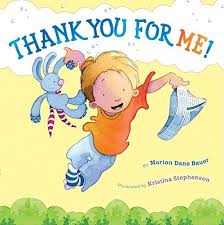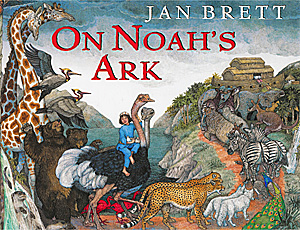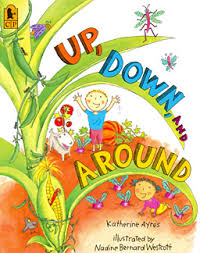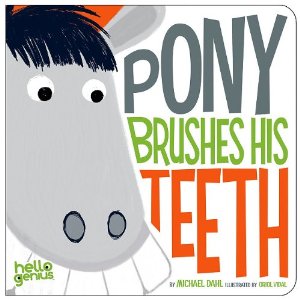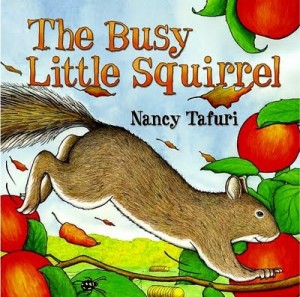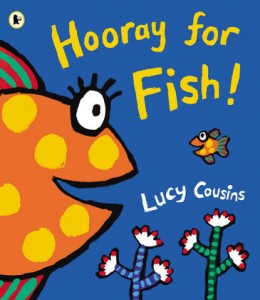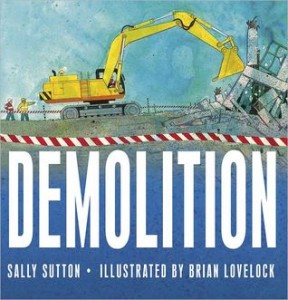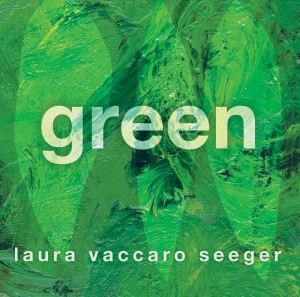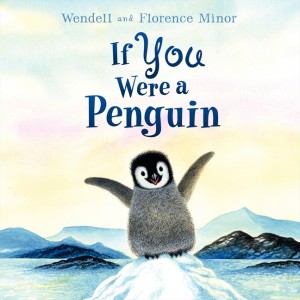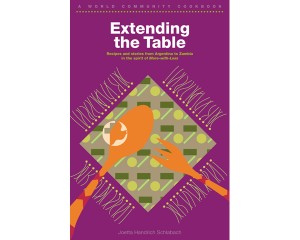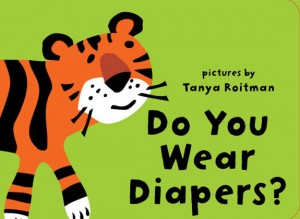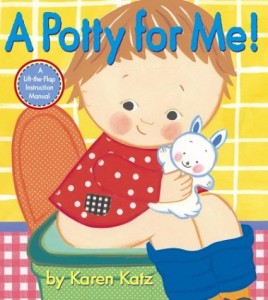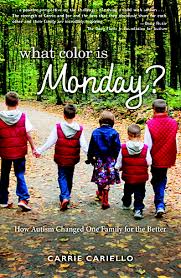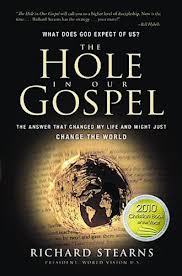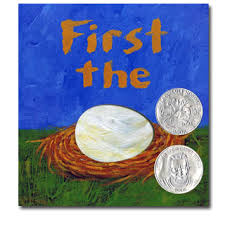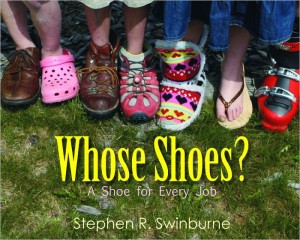If I owned this book, it would be all-marked-up.
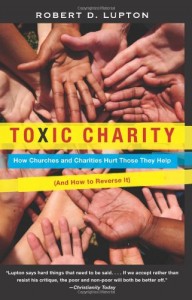 Robert Lupton, in Toxic Charity: How Churches and Charities Hurt Those They Help (And How to Reverse It), tells stories of how well-meaning individuals and organizations hurt the people that they were trying to help. Fortunately, he doesn’t just talk about the problems. (Because, really, I don’t want to ignore the poor – that’s not helpful either!) He gives some advice and shares stories of ways to effectively minister to people in need.
Robert Lupton, in Toxic Charity: How Churches and Charities Hurt Those They Help (And How to Reverse It), tells stories of how well-meaning individuals and organizations hurt the people that they were trying to help. Fortunately, he doesn’t just talk about the problems. (Because, really, I don’t want to ignore the poor – that’s not helpful either!) He gives some advice and shares stories of ways to effectively minister to people in need.
Lupton differentiates between a chronic poverty need, and a crisis need. He writes that “When we respond to a chronic need as though it were a crisis, we can predict toxic results: dependency, deception, disempowerment.” We should be responding to both types of need – for example chronic homelessness AND homelessness due to a crisis such as a fire – but we need to respond differently for each situation.
I appreciated the personal stories he shared from his life and experience. He told the story of how his church changed from doing a clothing giveaway program to a family thrift store, and how people who used to receive free clothing are now employed at the store and able to buy what they need. I don’t think that giveaways are always wrong, but I do see how there are other options that can help in greater ways.
I’m still thinking through a lot of what he wrote, and perhaps I won’t agree with everything he said. He does have years of experience in community development work, however, and a lot of what he said seems to ring true, especially after I read The Poor Will Be Glad. I do want to read more on this topic, however, and I noticed that the library also has When Helping Hurts.
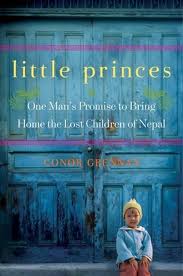 Grennan tells the story of how a short volunteer stint at a orphanage in Nepal transformed his life. He discovered that the children he thought were orphans were actually trafficked children with living parents. He then works to find the parents of the children, and also to stop other children from being trafficked by starting Next Generation Nepal. Intertwined with this story is the story of how Grennan met, dated, and married his wife.
Grennan tells the story of how a short volunteer stint at a orphanage in Nepal transformed his life. He discovered that the children he thought were orphans were actually trafficked children with living parents. He then works to find the parents of the children, and also to stop other children from being trafficked by starting Next Generation Nepal. Intertwined with this story is the story of how Grennan met, dated, and married his wife.
